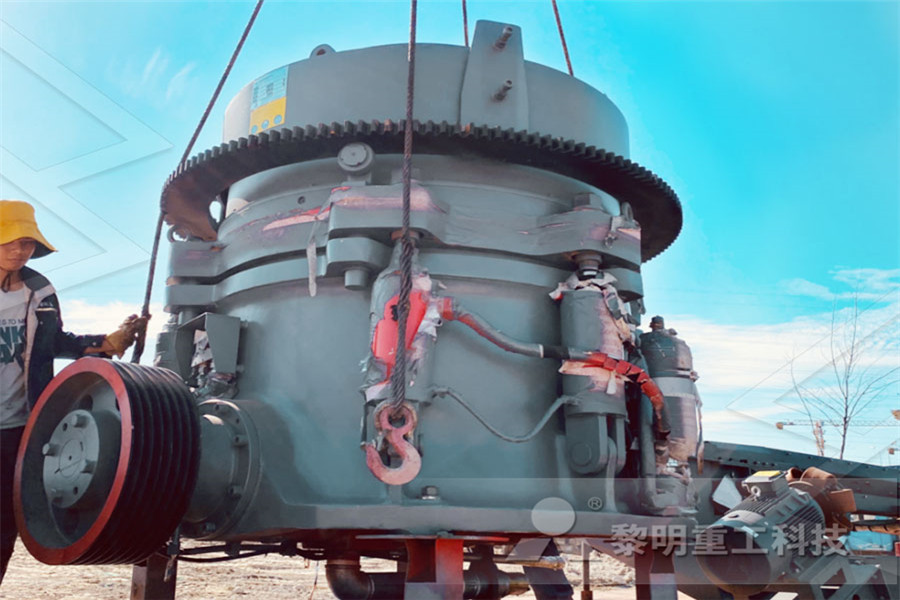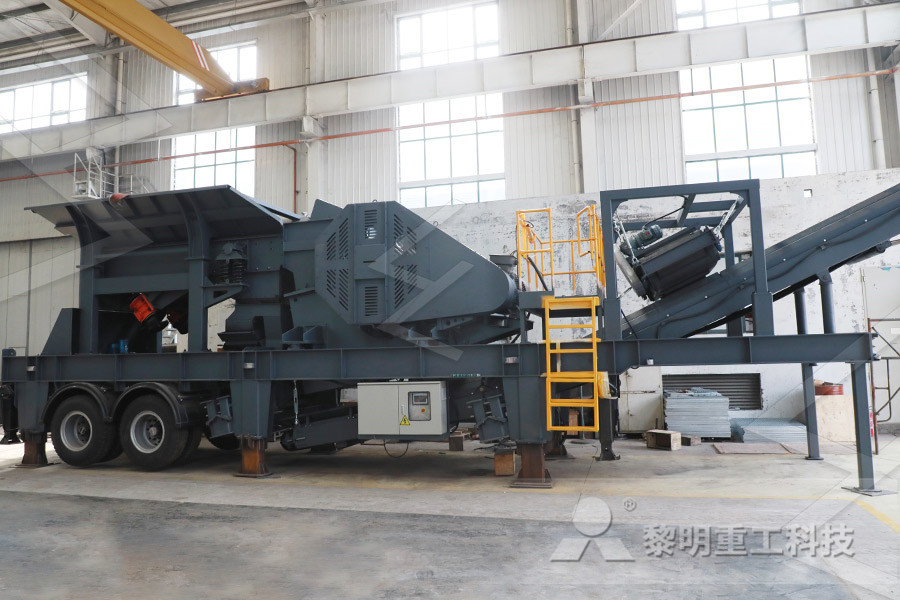BEST CHOICE
Our Products
function of limestone in the blast furnace 2023-10-08T10:10:37+00:00

The main function of limestone in the blast furnace is to
The main function of limestone in the blast furnace is to Question The main function of limestone in the blast furnace is to Options A) act as catalyst B) act as reducing agent C) remove The main function of limestone in the blast furnace is to Chemistry WAEC 2013 The main function of limestone in the blast furnace is to A act as catalyst B act as reducing agent C The main function of limestone in the blast furnace is toThe main function of limestone in the extraction of iron from haematite is as a flux Limestone is used as a flux to remove the impurities and dirt from haematite In the metallurgy of iron, Why limestone and coke is added in blast furnace?

The function of limestone in the extraction of iron in the
decomposition of the iron ore C) conversion of iron (lll) to iron (ll) compounds D) generation of heat for the process E) conversion of coke to carbon (ll)oxide Related Lesson: The correct Solution for State the function of limestone in Blast Furnace Skip to main content close Start your trial now! First week only $699! arrowforward Literature guides Concept explainers Answered: State the function of limestone in bartlebyBlast furnaces produce pig iron from iron ore by the reducing action of carbon (supplied as coke) at a high temperature in the presence of a fluxing agent such as limestoneIronmaking blast blast furnace Definition, Temperature, Diagrams, Facts

Influence of limestone addition on sodium sulphate
Oxide compositions of the two blast furnace slags and limestone used in this study were determined by Xray fluorescence (XRF), using a fused bead preparation method in a Rigaku BF coke has multiple roles It acts as a reducing agent, a source of reducing CO gas, a source of heat, a filter of dust and soot, a carburizer of hot metal (HM) and as a structural support material The role of BF coke as a BF Coke and its Role in Blast Furnace – IspatGuruWhy it is called blast furnace? The Blast Furnace is a large steel structure about 30 metres high The furnace gets its name from the method that is used to heat itPreheated air at about Why is hot air used in the blast furnace? Explained by FAQ

What is the purpose of limestone in the blast furnace?
The first thing required is a blast furnace, which is filled with iron ore, coke, and crushed limestone Then it is fired and a strong air blast is blown upwards through the furnace People also askedThe main function of limestone in the blast furnace is to Question The main function of limestone in the blast furnace is to Options A) act as catalyst B) act as reducing agent C) remove impurity D) supply carbon (IV) oxide Related Lesson: Isolation of Iron Transition MetalsThe main function of limestone in the blast furnace is toOxide compositions of the two blast furnace slags and limestone used in this study were determined by Xray fluorescence (XRF), using a fused bead preparation method in a Rigaku ZSX Primus II Isothermal calorimetry results of Na 2 SO 4activated slag as a function of limestone content Heat flow and cumulative heat curves correspond to S1 Influence of limestone addition on sodium sulphate

Limestone – Its Processing and Application in
The other factor which is important is that the development of the reaction is the function of the lump size of the quicklime Application of limestone and lime in iron and steel plant During the production of iron by blast furnace Request PDF Influence of limestone addition on sodium sulphate activated blast furnace slag cements The effect of limestone replacement in the reaction and phase assemblage evolution of two Influence of limestone addition on sodium sulphate Solution for State the function of limestone in Blast Furnace Skip to main content close Start your trial now! First week only $699! arrowforward Literature guides Concept explainers Writing guide Answered: State the function of limestone in bartleby

Why limestone is added in the extraction of lead from
What is the function of coke and limestone in iron processing? Metallurgical coke, along with iron ore and limestone, is layered into a blast furnace to convert the iron ore to metallic ironCoke, which is mostly carbon, reacts with the blast air to produce carbon monoxide, which, in turn, reacts with the iron oxide to produce carbon dioxide and metallic iron811 Blast Furnace Slag Blast furnace slag is a nonmetallic coproduct produced in the process in the production of iron from iron ore or iron scrap It consists primarily of silicates, aluminosilicates, and calciumaluminasilicates The molten slag, which absorbs much of the sulfur from the charge, comprises about 20 percent by mass of iron Blast Furnace an overview ScienceDirect TopicsWhy it is called blast furnace? The Blast Furnace is a large steel structure about 30 metres high The furnace gets its name from the method that is used to heat itPreheated air at about 1000 o C is blasted into the furnace through nozzles near its base The largest Blast Furnaces in the UK produce around 60 000 tonnes of iron per weekWhy is hot air used in the blast furnace? Explained by FAQ

Automatic control system of blast furnace TRT IEEE
This paper briefly introduces the application of DCS in a blast furnace TRT The process basic scheme, configuration of the control system and its main functions are described The master, controller and control net are reduplicated on purpose to improve the reliability of the control system, When TRT trips, one of the valves group for reducing gas pressure is opened 1 天前 The calcined ore is mixed with coke, a reducing agent, and limestone flux and is reduced in a blast furnace Reactions in the blast furnace are different since there is a temperature difference in different zones Reactions of blast furnace The following reactions in the blast furnace are as follows Zone of Combustion This zone is close to Principles of extraction of iron and its occurrencesOxide compositions of the two blast furnace slags and limestone used in this study were determined by Xray fluorescence (XRF), using a fused bead preparation method in a Rigaku ZSX Primus II Isothermal calorimetry results of Na 2 SO 4activated slag as a function of limestone content Heat flow and cumulative heat curves correspond to S1 Influence of limestone addition on sodium sulphate

The function of limestone in the extraction of iron in the
decomposition of the iron ore C) conversion of iron (lll) to iron (ll) compounds D) generation of heat for the process E) conversion of coke to carbon (ll)oxide Related Lesson: The correct answer is A This paper briefly introduces the application of DCS in a blast furnace TRT The process basic scheme, configuration of the control system and its main functions are described The master, controller and control net are reduplicated on purpose to improve the reliability of the control system, When TRT trips, one of the valves group for reducing gas pressure is opened Automatic control system of blast furnace TRT IEEE Extraction of Metals Extraction of Iron Chemistry of the blast furnace () Limestone is calcium carbonate (CaCO 3) and it is added to the blast furnace to remove the impurities in the iron ore Calcium carbonate is decomposed by heat in the furnace to give calcium oxide and carbon dioxide This is called thermal decomposition (see examples of other carbonates) Extraction of Iron in the Blast Furnace GCSE SCIENCE

Why limestone is added in the extraction of lead from
What is the function of coke and limestone in iron processing? Metallurgical coke, along with iron ore and limestone, is layered into a blast furnace to convert the iron ore to metallic ironCoke, which is mostly carbon, reacts with the blast air to produce carbon monoxide, which, in turn, reacts with the iron oxide to produce carbon dioxide and metallic ironRequest PDF Influence of limestone addition on sodium sulphate activated blast furnace slag cements The effect of limestone replacement in the reaction and phase assemblage evolution of two Influence of limestone addition on sodium sulphate The possibility of replacing limestone in the iron flux charge with dolomite, as well as with steel converter slag, is considered Both materials will increase the proportion of MgO in blastfurnace slag, however, the use of dolomite is accompanied by a twofold increase in CO2 emissions compared to limestoneAnalysis of the use of magnesiumcontaining additives in

Why is hot air used in the blast furnace? Explained by FAQ
Why it is called blast furnace? The Blast Furnace is a large steel structure about 30 metres high The furnace gets its name from the method that is used to heat itPreheated air at about 1000 o C is blasted into the furnace through nozzles near its base The largest Blast Furnaces in the UK produce around 60 000 tonnes of iron per weekSri Rajeswari Engineering Contractors 6033176,Telugudesam Colony,Opp Cisf Barracks Malkapuram Post,Visakhapatnam, Ernakulam, Kerala, India RajaGround Granulated Blast Furnace Slag Granulated Slag The advantages of using limestone in a blast furnace include: The limestone helps to remove impurities from the iron ore, which would otherwise reduce the quality of the iron produced The limestone flux reacts with gangue minerals (noniron minerals) to form slag, which floats on top of the molten iron and can be easily removedWhy Limestone is Used in Blast Furnaces
- types of hand grinding machine
- used sand washing screw in usa for mining
- Loam Screener And Rock Crusher Machine
- ring granulator al handling plant
- evaluacion estrategica de operaciones mineras
- mineral processing in mining
- processes silica sand liberation
- small scale hard rock mining equipment
- Steam Coal Crushing Plant Up To 1000 Mt Hour
- stone crusher to be closed in tehri to uttarkashi
- small al crusher for sale 5 ton per day
- price ball mill india for mining
- how does a jaw style rock crusher work
- jamaica bauand ite processing equipment crushing equipment and mill
- magnetic separation of ore china
- ball mill motor manufacturers india
- crusher hopper design
- Method Statement Of Installation Of Crusher Run And Chipping Stone
- tm engineering terminator crushers user manual
- gold trommel screen used washing plant
- price of stone crasher machine
- Roller Mill Used For Sale Europe
- allinurl products id crusher
- grinding stone dressing
- Gyratory Crusher Bottom Shell Bushing Key
- ce new sign high frequency salt rotary vibrating screen
- preventive maintenance sop of crusher
- Large Ball Mill For Sale
- supplier of flour mill equipment
- Coil Spring For Vibrating Feeder Mining Mill
- mill equipment bridge scheep ltd
- Most Used Crusher South
- German Technical Roller Cone Crusher Price
- small rock crusher plant layout
- sprial classifier used for mineral processing
- iron ore ball mill dry type design
- stone crusher manufacturer in hyderbad
- quartz gold ore crushing equipment
- mobile wet screening plant
- gradient magnetic separator steel ball manufacturer
- Which Is The Largest Crusher Plant In Rajasthan
- metal separator in cement industry
- nical ball nose end mills osg
- stone crusher manufacturer and supplier in russia
- minerals canada inc montreal quot vibrating feeders quot or screens
- cheap industrial grinding mill alternitives
- secrid mills roll netherland
- installation of sendary crusher 342
- difference between micro fine and super fine powder
- Classification Of Super Thermal Power Plant







































